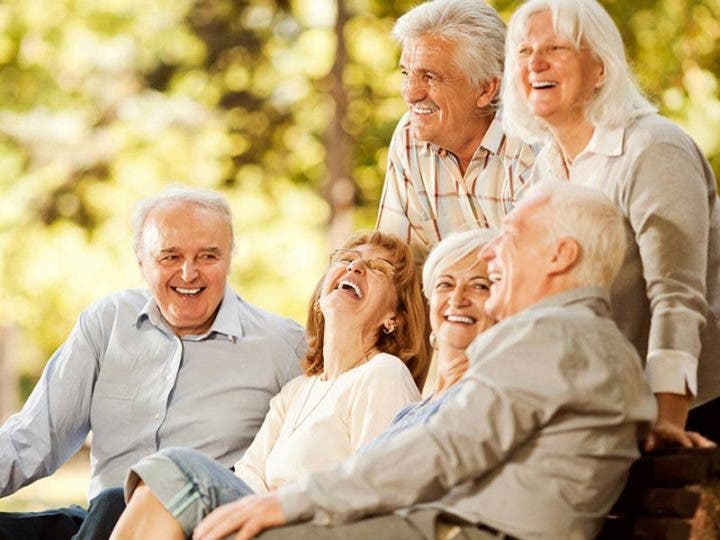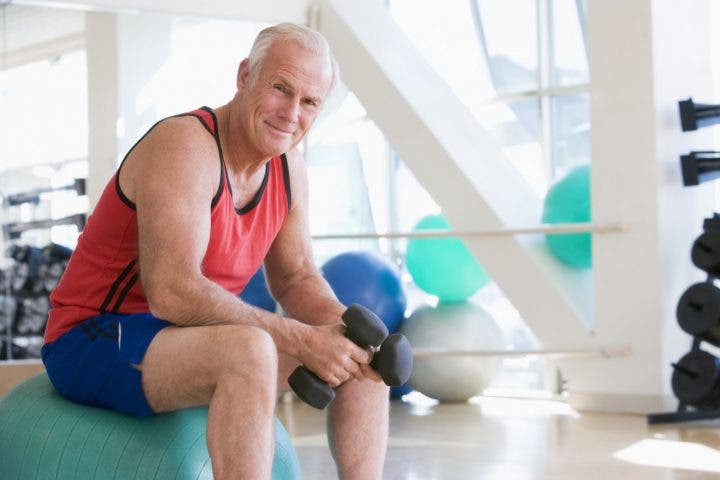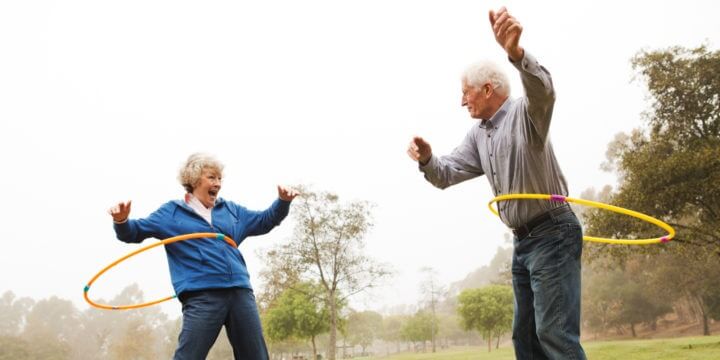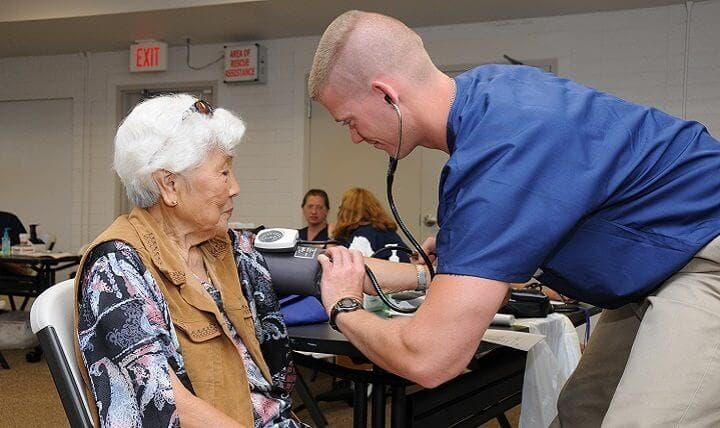Healthy aging sounds like a priority we can all share, but for geriatric healthcare professionals (doctors, nurses, pharmacists, medical assistants, social workers, and many others dedicated to the care we need as we age), that term represents something specific, and worth defining.
Its definition, published by the American Geriatrics Society, explores the intersection between our personal care goals and innovations in science, education, and public policy, as well as the right place to spend old age with the best quality of life .

What is healthy aging?
According to the World Health Organization (WHO), “healthy or active aging” is the process by which opportunities for physical, social and mental well-being are optimized throughout life, with the aim of extending healthy life expectancy , productivity and quality of life in old age.
In short, not only is the health factor taken into account, but also other factors such as economic, social and cultural are considered. This is because throughout the world, the proportion of older people is growing faster than any other age group, and it should be considered a primary goal by both society and policy makers, trying to improve autonomy, health and safety. productivity of the elderly.

What is healthy aging?
Longer life is a priority for individuals and society because it provides opportunities for personal fulfillment and contributions to all communities. But, as you learn a little more about specific ways to increase longevity, you also need to work on ways to improve the quality of that time.
Older adults often live with a variety of health problems, which means that healthy aging must embrace a broader, person-centered notion of health as more than just the absence of disease .
Aging healthy implies the influence of age on our physical, mental and social needs and expectations, and ultimately adopts a “life approach” to care that helps each person to age and live healthier lives possible.

4 factors affect healthy aging?
Healthy aging also extends beyond clinical services, encompassing a complex and interconnected ecosystem that affects and is affected by the way we age.
In this regard, some experts highlight several priority areas where communities, health systems and physicians can work together to integrate services that foster commitment and independence for all as we age. These include the following:
1. Greater policy solutions for older people
Healthy aging requires a coordinated response not only to care, but also to community priorities that can promote health, safety, and independence in age-friendly settings.
For the AGS (American Geriatrics Society) panel of experts, this means collaborating as advocates for society and the professions to align our health systems with the needs of older people and at the same time promote healthy aging when we are older. young boys.

2. Make healthy aging a viable priority
This has to be done through better public education and professional training. The care that can promote healthy aging is based on ensuring that future generations of healthcare professionals and older adults understand and adopt best practices focused on staying healthy and independent.
This can become a reality in the fight against aging (discrimination against the elderly due to negative and inaccurate stereotypes about age), particularly when it comes to the self-perceptions of older adults .

3. Have a deeper commitment to the geriatric experience
Embracing biology, psychology, and sociocultural considerations to optimize functional status to ensure that we can make the most of our ability to stay mobile, active, and engaged, even when our physical condition changes, must remain crucial.
This is what it means to prioritize healthy aging. Work must be done to replace the current cultural emphasis on staying young with age-friendly concepts of engagement, participation, contribution, connectedness, activity, and optimal function.

4. Really understand healthy aging
According to AGS experts, research on aging at the cellular, individual and community levels represents one of our best opportunities to promote healthy aging . Better evidence is also needed to inform an understanding of the biomedical and psychosocial determinants of healthy aging, and to bridge the gap between promising basic research and its clinical application.

Who should collaborate in healthy aging?
Geriatrics is a collaborative profession developed by clinicians, educators, health systems experts, older adults, and caregivers. They understand complexity and are experts in culturally competent, person-centered care. They are also experts in assessing preferences and values, and translating them into prevention, intervention, and advanced care planning.
Regardless of how society chooses to define "healthy aging, " it is very important to have policies, places, and qualified people in place to make the aging process feel much fuller by reducing the chances of suffering from diseases or conditions, both physical and mental.
Additionally, geriatricians are often internists or family physicians who have spent an additional year training in the unique health care needs of older adults. And no one understands better than these aging specialists how multiple medical problems interact in older people, and how they can affect their quality of life and mental health.

Reference
- Friedman, S., Mulhausen, P., Cleveland, ML, Coll, PP, Daniel, KM, Hayward, AD, Shah, K.,… White, HK (2018). We all want 'healthy aging,' but what is it, really? New report looks for answers. Journal of the American Geriatrics Society. doi: 10.1111 / jgs.15644
